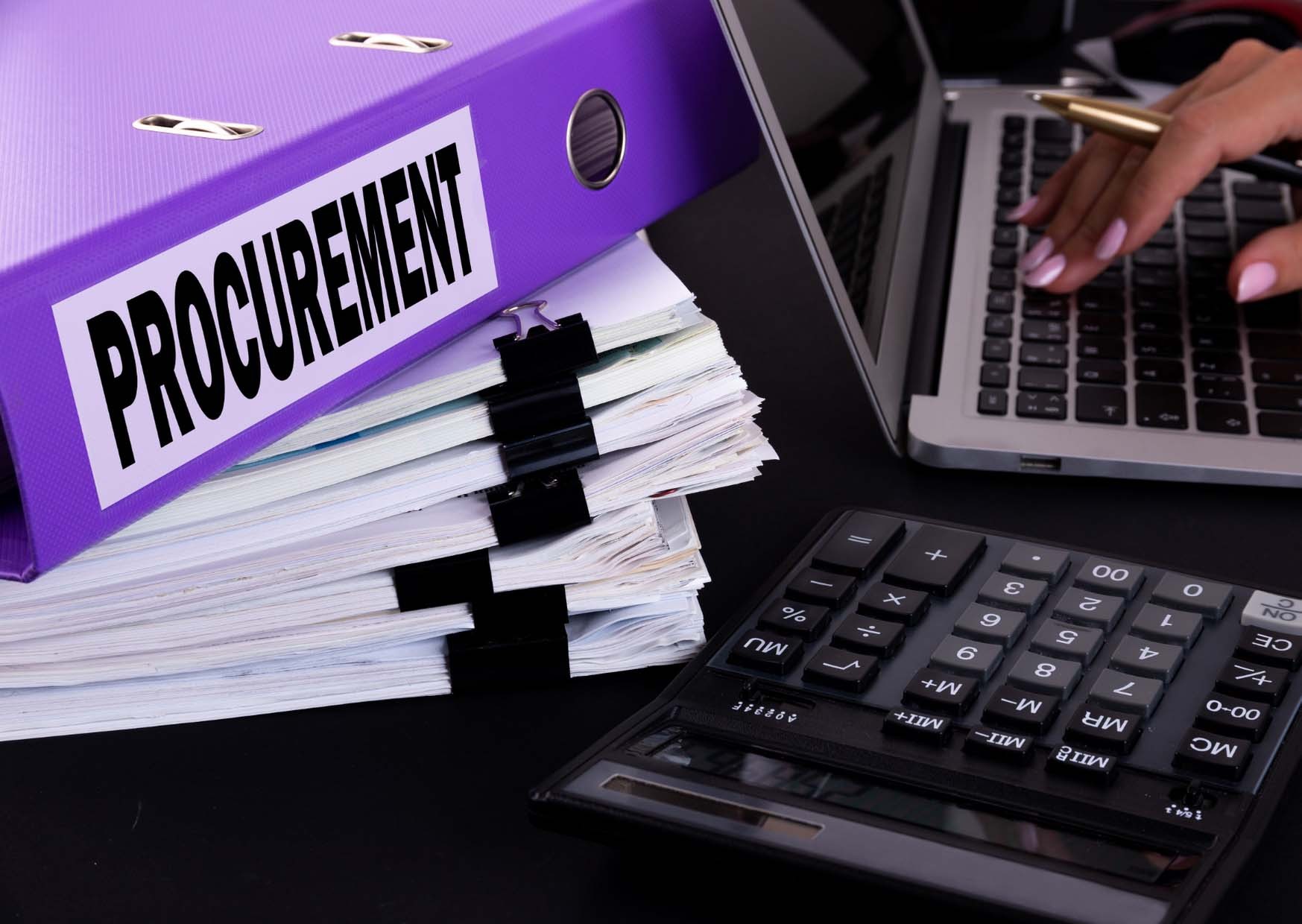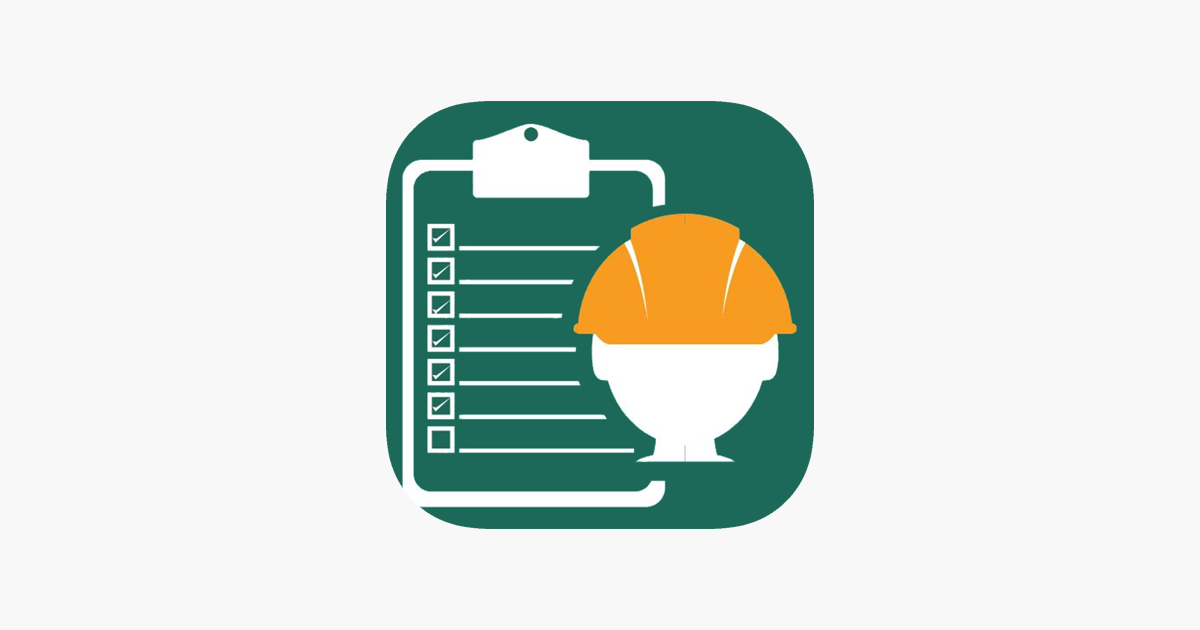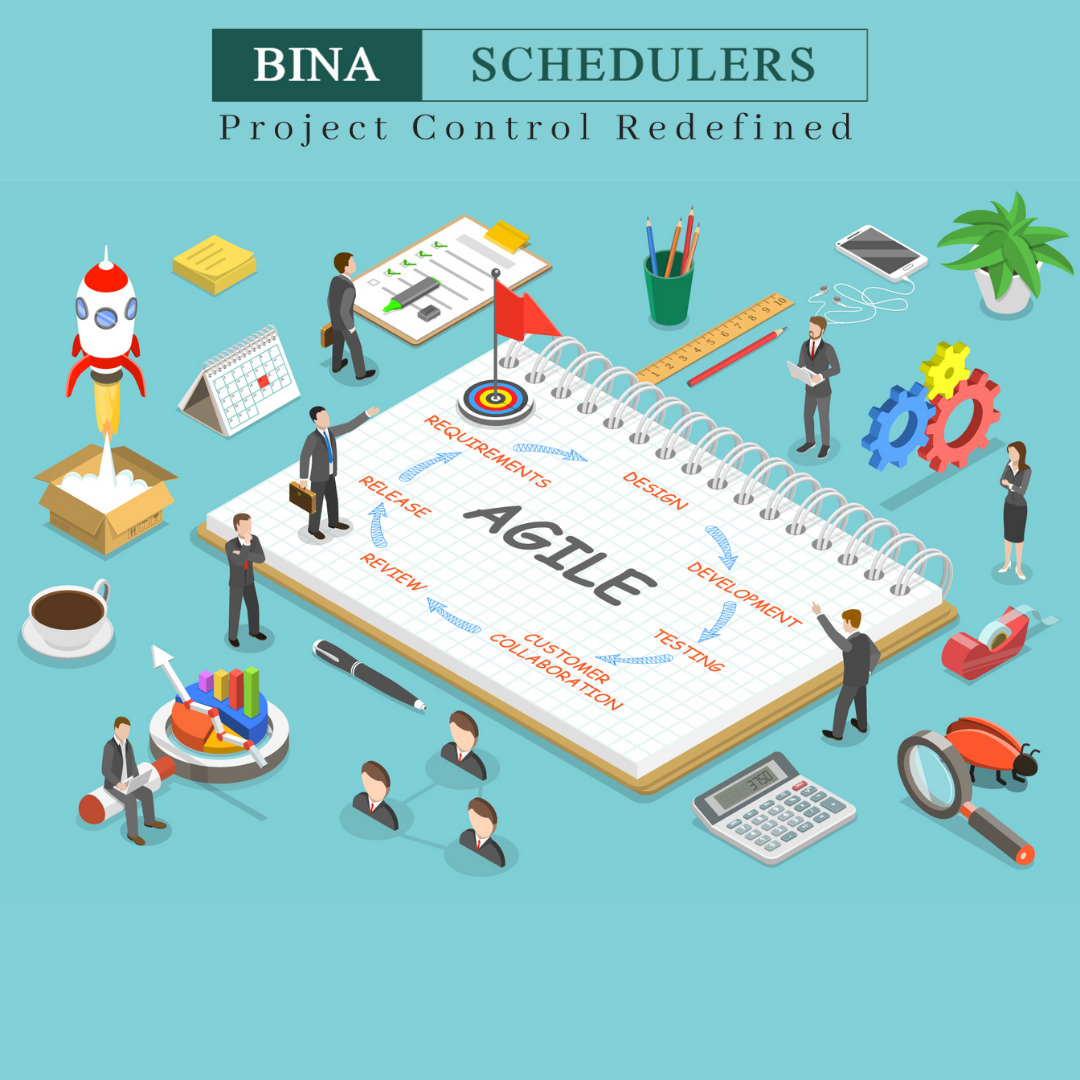
Procurement is the act of obtaining goods or services, typically for business purposes. Procurement is most commonly associated with businesses because companies need to solicit services or purchase goods, usually on a relatively large scale.
The procurement life cycle has five steps:
-
Understanding requirements
-
Selecting a vendor
-
Negotiating and contracting
-
Delivering and monitoring the service
-
Renewing or exiting the service.
Step 1: Understanding Requirements
Firstly, it is important to know what is required in your project. When that is clear, you might decide to build or source the requirements in-house, or to outsource it to a supplier. For example, concrete may be mixed and casted on-site. However, there are also options to precast concrete.
You may want to hire in equipment that you don’t have on-site. This is called the ‘make or buy’ decision. It is important to know what the requirements specification is, so you can make an informed choice about whether you are going to stick with in-house resources making the solution for you, or whether you are going to buy in the service or equipment you need.
Step 2: Selecting a Vendor
The tendency to rely on a vendor occurs when you don’t have the in-house resources to build what you need; and selecting a vendor can be a complicated process. Important things to consider include, how quickly can a vendor meet your requirements and will that allow you to meet your project deadline. There are also commercial factors like the viability of the company and what credit terms they offer.
It’s helpful to work with your procurement team to review the selected suppliers and narrow down the list to what suits you best. There might be a list of preferred suppliers that your company may have bought from before, and some that might not have been of quality in the past.
There are a number of different ways to select a vendor including a Request for Information or a Request for Proposal call out. This way, vendors will be able to pitch to you, and bid for the necessary work. Often, the shortlisted companies will come to your location and present their solution or describe how they would work with you during the project if you were to choose them.
Step 3: Negotiating and Contracting
After you have picked a vendor who can fulfil your needs, it’s time to negotiate the finer details and get the contract formulated. Typically, either your procurement team or theirs will have a template contract, and you will then have to go through it and work out which are the configurable clauses – the ones that you want to review, update and amend to reflect the deal you are going into with this supplier. There is always scope for negotiation, so if they present you with a contract and you don’t think it 100% fits your needs, then say so.
Just a reminder, to have the support of your procurement or legal teams so you can adequately negotiate the contract to the benefit of the company and not get yourself into any trouble later on! Not all project managers get involved in this step, but it’s good to have an insight of what is going into the contract at the end of the day.
Step 4: Delivering and Monitoring the Service
Here, the vendor does the work and the project manager will check that their work is up to the required standard. The vendor will deliver and work alongside your project team to complete their assigned tasks – usually delivering the products or implementing the tool or whatever it is that you have bought from them.
The project has a dependency on their ability to deliver - You as a project manager will have to monitor this and make sure it is up to the required standard. Use the terms in the contract as a benchmark for assessing whether or not they are delivering to your required plans. You’ll have a schedule or some kind of write-up in the contract that talks about deadlines, quality measures, and anything else they have to stick.
Step 5: Renewing or Exiting the Service
Just like the project has a close, your procurement activity on the project also has to close. At this point, the contract may naturally close – for example, if you hired a cement mixer or steel welder and you no longer require their services. It’s quite easy to wrap up the procurement in that case: just pay the bills and you’re pretty much done!
But some contracts are long term, like if you bought elevators for your building project, you’ll probably enter into a maintenance agreement that ties you in to support the product for a certain period of time. That contract may need to be renewed or canceled outside of the lifecycle of the project. In other words, when the project is already closed. In those cases, you’ll have to hand over contract administration to the operational team who is going to be responsible for the contract services going forward, once the project is finished. They’ll take over handling the contract and making the decision, when the time comes, to renew or exit from the arrangement.
As a project manager, you might not have a lot to do with contract close-out, but you should make an effort to pass all relevant procurement information on to the operational team, so they have the full history.
That’s the procurement lifecycle in five steps!





























